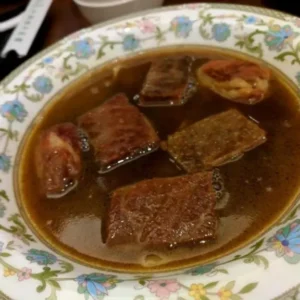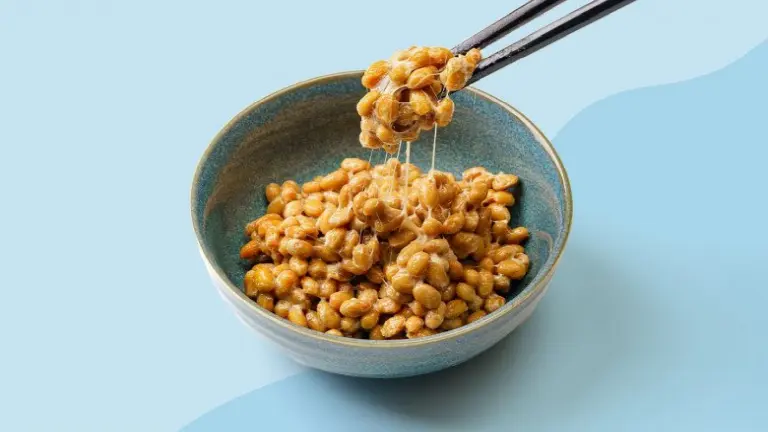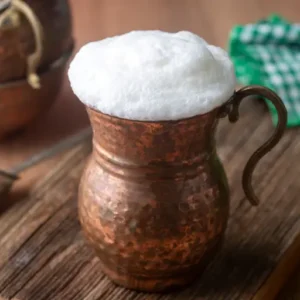Today, this dish not only has an elegant appearance but is also considered very healthy.
Chazuke, also known more politely as Ochazuke, is a simple Japanese dish made with rice, a few everyday toppings, and hot green tea poured over it. At its core, it is simply white rice with tea and a choice of toppings based on personal preference.
Ochazuke: From Humble Origins to Refined Cuisine
Ochazuke is affordable, healthy, and easy to prepare, which has made it a popular alternative to fast food. In some cases, it has even been elevated to a more refined dish, using premium koshihikari rice and high-grade sencha tea. What was once just plain rice with tea has now evolved into a versatile dish, often featuring luxurious and expensive ingredients.
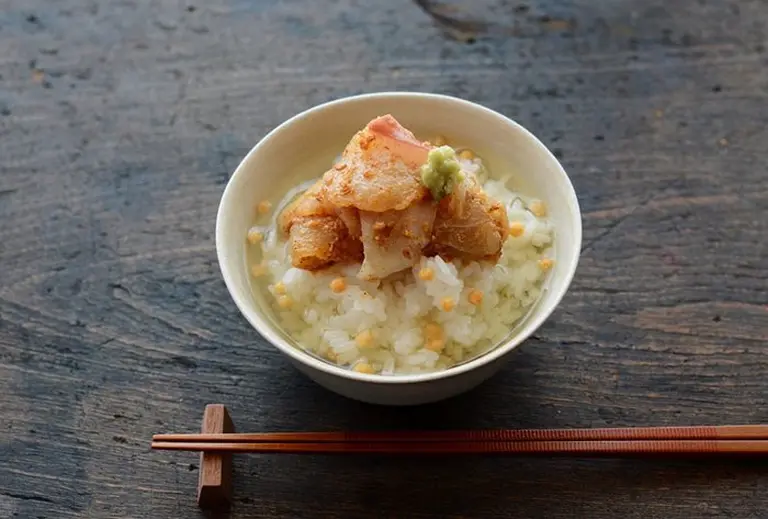
>> The ugly yet deadly fish that costs nearly $350 for a tiny piece
The History of Ochazuke
Ochazuke has been loved by the Japanese for more than 1,000 years. As far back as the Heian period (794–1185), people poured hot water over rice. By the Edo period (1603–1867), green tea had become more widely consumed, and hot water was replaced with tea. By the 1950s, instant ochazuke packets had appeared in supermarkets across Japan, making it even more convenient to enjoy.
There’s also an interesting story behind the dish. In the past, when a host wanted to discreetly encourage overstaying guests to leave, they would serve them rice with tea. The unspoken message was: “You’ve stayed so long that I have nothing left to offer you.” The guests would then take the hint and politely depart.
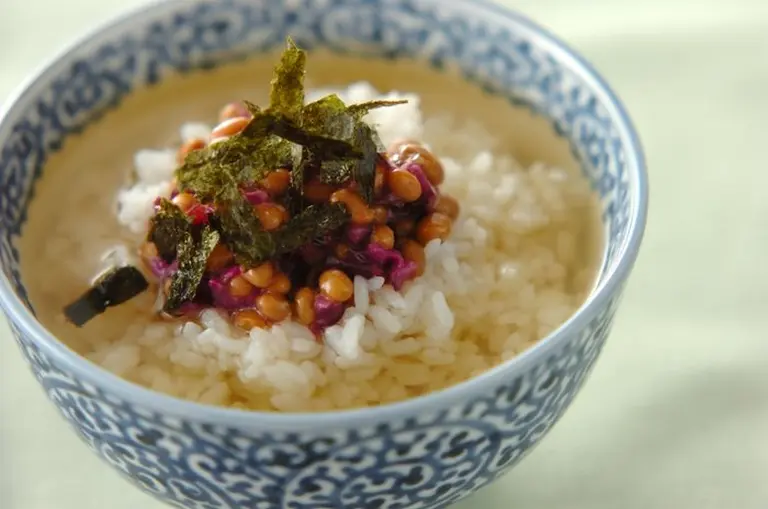
When to Eat Ochazuke
Ochazuke can be enjoyed anywhere—from the comfort of home to fine dining restaurants. In Japanese households, it is considered a light meal that can be eaten at any time of the day. It is easy to digest and is believed to relieve stomachaches, heartburn, and even nausea.
In restaurants, ochazuke is often served near the end of a meal. At izakaya (Japanese pubs), ordering ochazuke is seen as a relaxing way to wrap up the evening and signal that it’s time to go home.
In traditional multi-course kaiseki dining, ochazuke is sometimes served as the final dish, much like a dessert. More recently, specialized ochazuke restaurants and cafés have become popular, offering this traditional dish as a healthy option for younger generations.
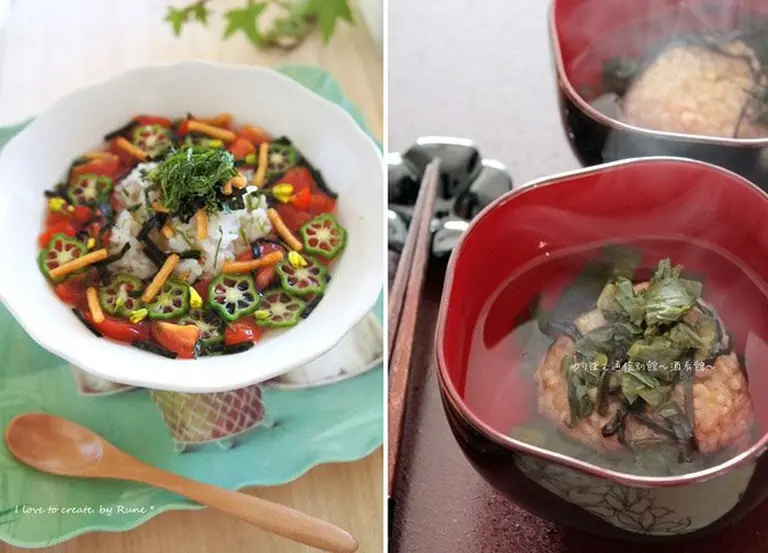
>> Must-try street foods in Japan
How Ochazuke Is Made
The classic version includes white rice, toppings, and green tea. However, many people now substitute white rice with brown rice for added health benefits.
Toppings are extremely versatile—almost anything from the fridge can be used. For a more premium version, popular options include crispy salted salmon skin, charcoal-grilled eel, or fresh sea urchin. Some modern twists even use Western-inspired toppings such as roasted chicken or smoked salmon.
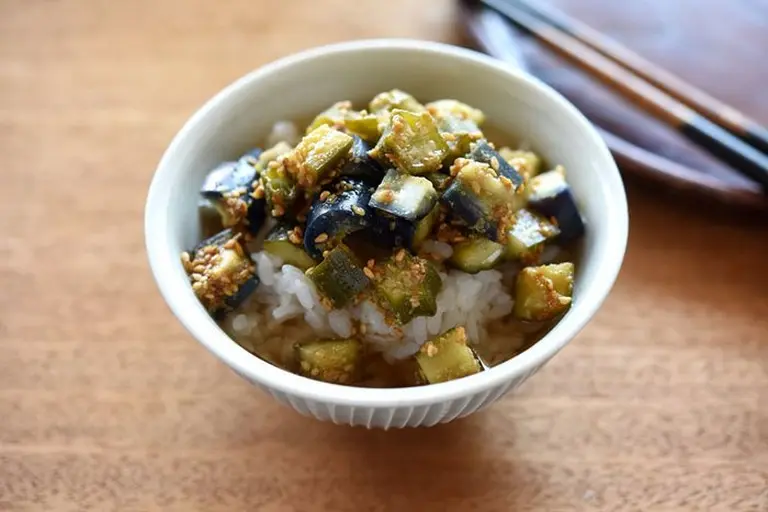
Other traditional toppings include pickled vegetables (tsukemono), salted cucumber, takuan (pickled daikon), umeboshi (pickled plum), wakame seaweed, or shredded nori. Fresh herbs like mitsuba (Japanese parsley), shiso leaves, mizuna greens, and chopped green onions are often added, along with ginger, wasabi, or sesame seeds for extra flavor.
Finally, hot green tea—or sometimes other liquids—is poured over the rice. The name ochazuke itself comes from ocha (tea) and zuke (to submerge). Besides sencha, other teas such as genmaicha (green tea with roasted brown rice), hojicha (roasted green tea), and bancha (strong green tea from late-harvest leaves) are also used.
Some people prefer to replace tea with dashi, a traditional Japanese broth made from kombu (kelp), bonito flakes, or shiitake mushrooms.
No matter which liquid you choose, the key is to carefully pour it around the edges of the bowl, preserving the neat arrangement of toppings. Once the tea or broth soaks into the rice, the dish is ready to enjoy.
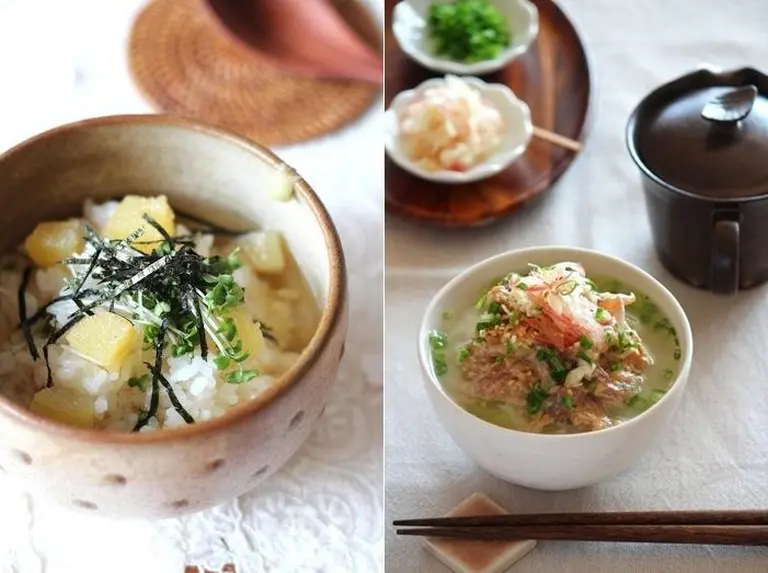
>> Amazake – The ancient Japanese superdrink making a modern comeback
FAQ
1. What is Ochazuke?
Ochazuke (or more casually, Chazuke) is a traditional Japanese dish where hot green tea, dashi broth, or even plain hot water is poured over a bowl of rice. It’s often topped with ingredients like grilled salmon, pickled plums (umeboshi), seaweed, sesame seeds, or wasabi. The result is a warm, comforting dish that blends simplicity with delicate flavors.
2. Why was Ochazuke once considered impolite?
Historically, serving ochazuke to a guest sometimes carried a subtle meaning: “the meal is over” or even “it’s time to leave.” Because of this, it gained a reputation as a dish that might “chase guests away.” However, over time, it shed this association and came to be appreciated for its comfort and versatility.
3. Why is Ochazuke now so beloved?
- Comfort food: It’s light, soothing, and easy to digest.
- Versatility: It can be a quick snack, a late-night meal, or even a way to enjoy leftover rice.
- Cultural pride: Today, ochazuke is seen as a uniquely Japanese way of transforming simple ingredients into something elegant.
- Modern twist: Restaurants and tea houses now elevate ochazuke with premium toppings like sashimi, roe, or grilled eel.
4. How is Ochazuke typically eaten?
It’s served as a casual dish, often at the end of a meal, or as a quick and nourishing snack at home. Many Japanese people enjoy it after drinking alcohol, since it’s gentle on the stomach. Travelers will also find ochazuke sets in restaurants that let you choose your own toppings.
5. What does Ochazuke taste like?
Ochazuke is delicate and soothing, with the warm tea or broth blending into the rice to create a gentle, savory base. The taste changes depending on the toppings—from salty pickled plums to rich grilled fish. Every bowl offers a balance of subtlety and comfort.
6. Is Ochazuke healthy?
Yes! It’s light yet nutritious. Using green tea adds antioxidants, while toppings like fish and seaweed provide protein, vitamins, and minerals. For travelers looking for something gentle and healthy, ochazuke is a perfect choice.
7. Where can tourists try Ochazuke in Japan?
- Casual restaurants and izakaya often serve ochazuke as a finishing dish.
- Specialty ochazuke shops exist in Kyoto, Tokyo, and other major cities.
- Home-style meals: Many ryokan (traditional inns) include ochazuke in their breakfast or dinner sets.
- Convenience stores even sell instant ochazuke packets—an easy way for tourists to try it on the go.
8. Is Ochazuke suitable for first-time visitors to Japan?
Absolutely. Unlike stronger-tasting dishes such as natto, ochazuke is gentle, mild, and comforting. It’s an excellent introduction to Japanese cuisine, especially for travelers who want something light but authentic.
9. Why should I try Ochazuke as a tourist?
Because it’s more than a dish—it’s a cultural experience. Ochazuke tells a story: once humble and sometimes misunderstood, it is now celebrated as an expression of Japanese simplicity and refinement. Trying ochazuke gives you a taste of everyday Japan and a warm bowl of comfort you’ll remember long after your trip.
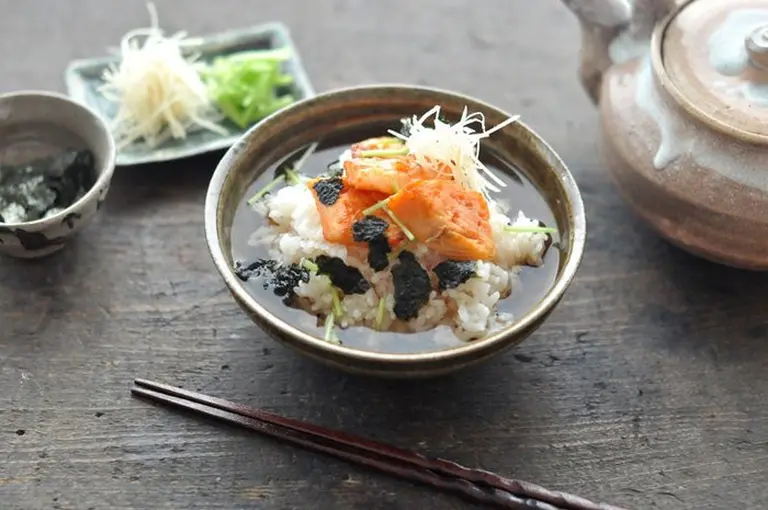
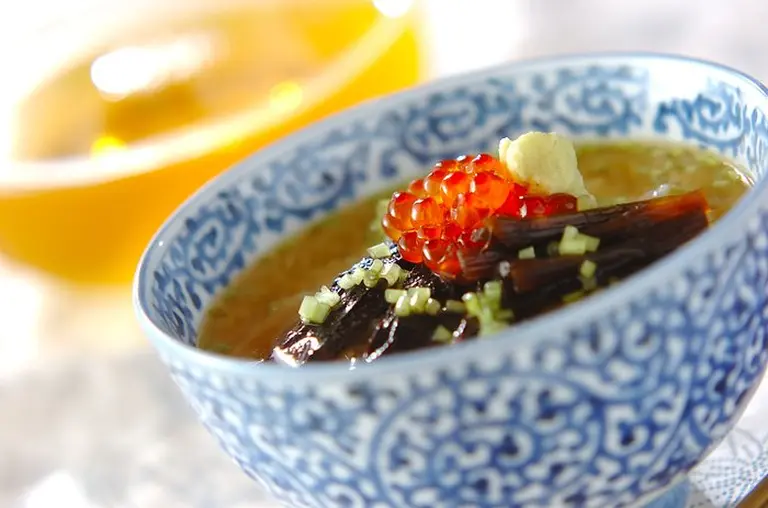
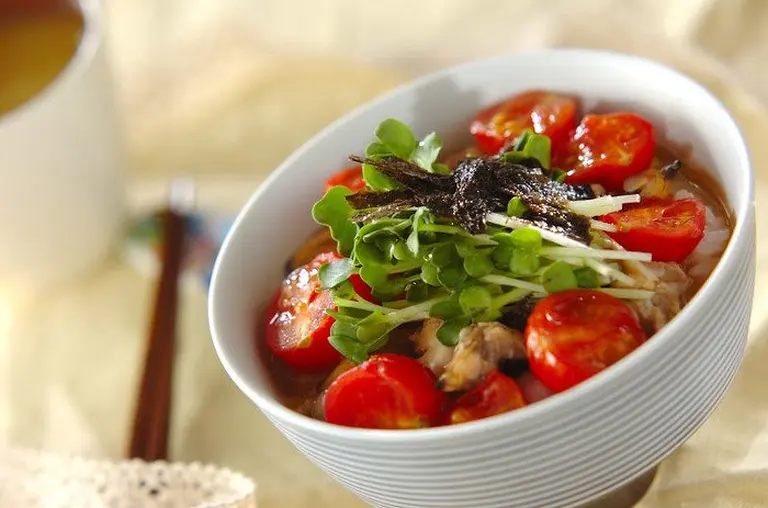
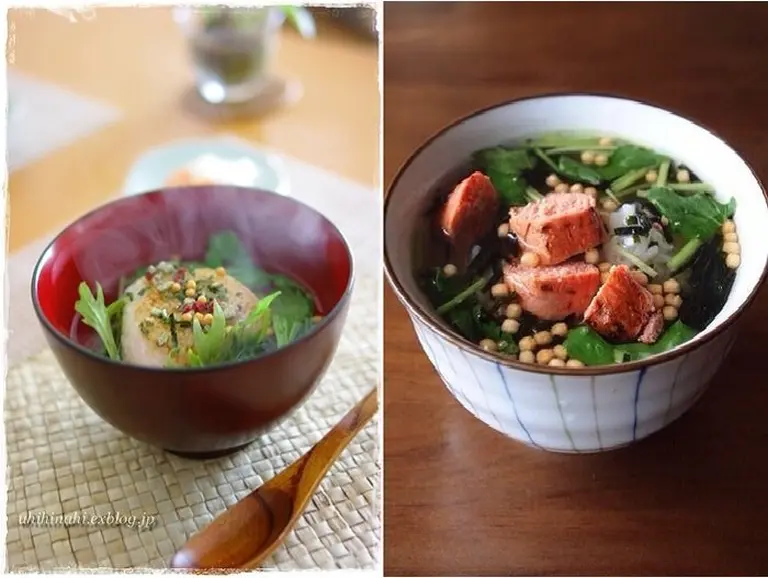
>> Japan and the dishes that look like they came straight out of a horror movie
For visitors to Japan, ochazuke offers a simple yet meaningful way to experience local food culture. Whether enjoyed in a traditional household, as part of a refined kaiseki meal, or at a modern café, this dish reflects the balance of comfort, health, and tradition that defines much of Japanese cuisine. Even if you don’t try it yourself, learning about ochazuke provides an interesting glimpse into how everyday meals can carry centuries of history and cultural significance.


